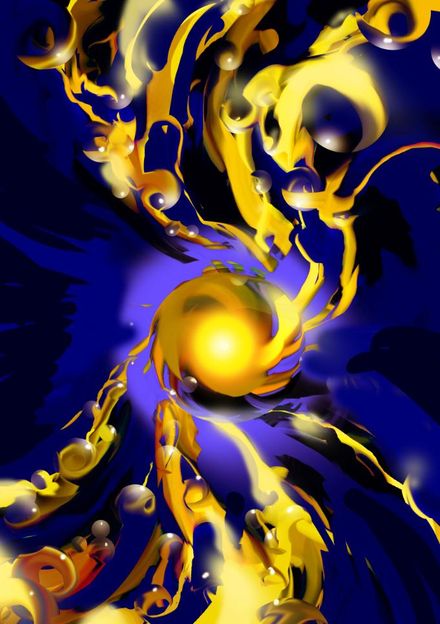Sniffing out terrorists
A new intelligent system has been developed to help identify terrorists carrying explosives. Sensitive electronic noses capture the smell of the explosives; the system processes the acquired data, correlates it with individuals’ movements … and ultimately tracks down the suspects.
Literally hundreds of people are hurrying through the long airport corridor between Terminals A and B. Among them are two terrorists, who’ve hidden themselves in the crowd. They’re carrying small containers of chemicals in their jacket pockets, individual components for an explosive. But there’s something the criminals don’t know. As well as being observed by security cameras, they’re also being “sniffed out” by chemical noses hidden in the corridor wall. The smell sensors sound the alarm when the terrorists walk past, alerting an airport security guard who notes the problem on his monitoring equipment. At this point in time, he can’t tell precisely who is carrying hazardous chemicals – but he knows the sensor network will continue to “sniff out” and track down the suspects.
Researchers at the Fraunhofer Institute for Communication, Information Processing and Ergonomics FKIE in Wachtberg have built a prototype security system to replicate just such a scenario. They’ve named it HAMLeT, which stands for Hazardous Material Localization and Person Tracking. “HAMLeT will alert security personnel to suspicious individuals,” says head of department Dr. Wolfgang Koch from the FKIE. The system involves a network of highly-sensitive smell sensors which follow an explosive’s trail. There are oscillating crystals on the sensor chips, and whenever the electronic noses capture chemical molecules, their oscillation frequency changes. The precise nature of the change is different for different substances. A further component in the system – the sensor’s data fusion function – traces the explosive’s path and ferrets out the carrier. A second sensor network is needed to track the route the individual takes; for this, the researchers have used laser scanners. “HAMLeT’s real achievement is its ability to collate all the data and convert it into a clear and accurate overall picture,” says Koch. The sensor data fusion process employs complex algorithms which allow HAMLeT to build up a precise image of pedestrian flows and connect a particular smell with a specific individual.
In a trial involving the German Armed Forces, researchers at the FKIE proved the system’s ability to track down five “terrorists” carrying hidden explosives. The scientists are now working to refine the prototype’s algorithms in order to reduce the false alarm rate.
Other news from the department science
These products might interest you
Most read news
More news from our other portals
See the theme worlds for related content
Topic world Sensor technology
Sensor technology has revolutionized the chemical industry by providing accurate, timely and reliable data across a wide range of processes. From monitoring critical parameters in production lines to early detection of potential malfunctions or hazards, sensors are the silent sentinels that ensure quality, efficiency and safety.

Topic world Sensor technology
Sensor technology has revolutionized the chemical industry by providing accurate, timely and reliable data across a wide range of processes. From monitoring critical parameters in production lines to early detection of potential malfunctions or hazards, sensors are the silent sentinels that ensure quality, efficiency and safety.






























































